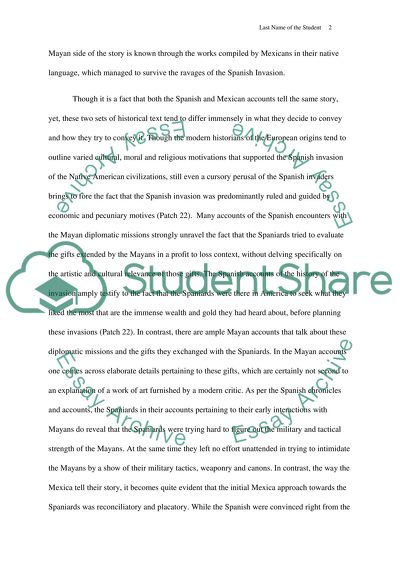Cite this document
(“Victors and Vanquished Essay Example | Topics and Well Written Essays - 1500 words”, n.d.)
Retrieved from https://studentshare.org/history/1433534-victors-and-vanquished-essay
Retrieved from https://studentshare.org/history/1433534-victors-and-vanquished-essay
(Victors and Vanquished Essay Example | Topics and Well Written Essays - 1500 Words)
https://studentshare.org/history/1433534-victors-and-vanquished-essay.
https://studentshare.org/history/1433534-victors-and-vanquished-essay.
“Victors and Vanquished Essay Example | Topics and Well Written Essays - 1500 Words”, n.d. https://studentshare.org/history/1433534-victors-and-vanquished-essay.


